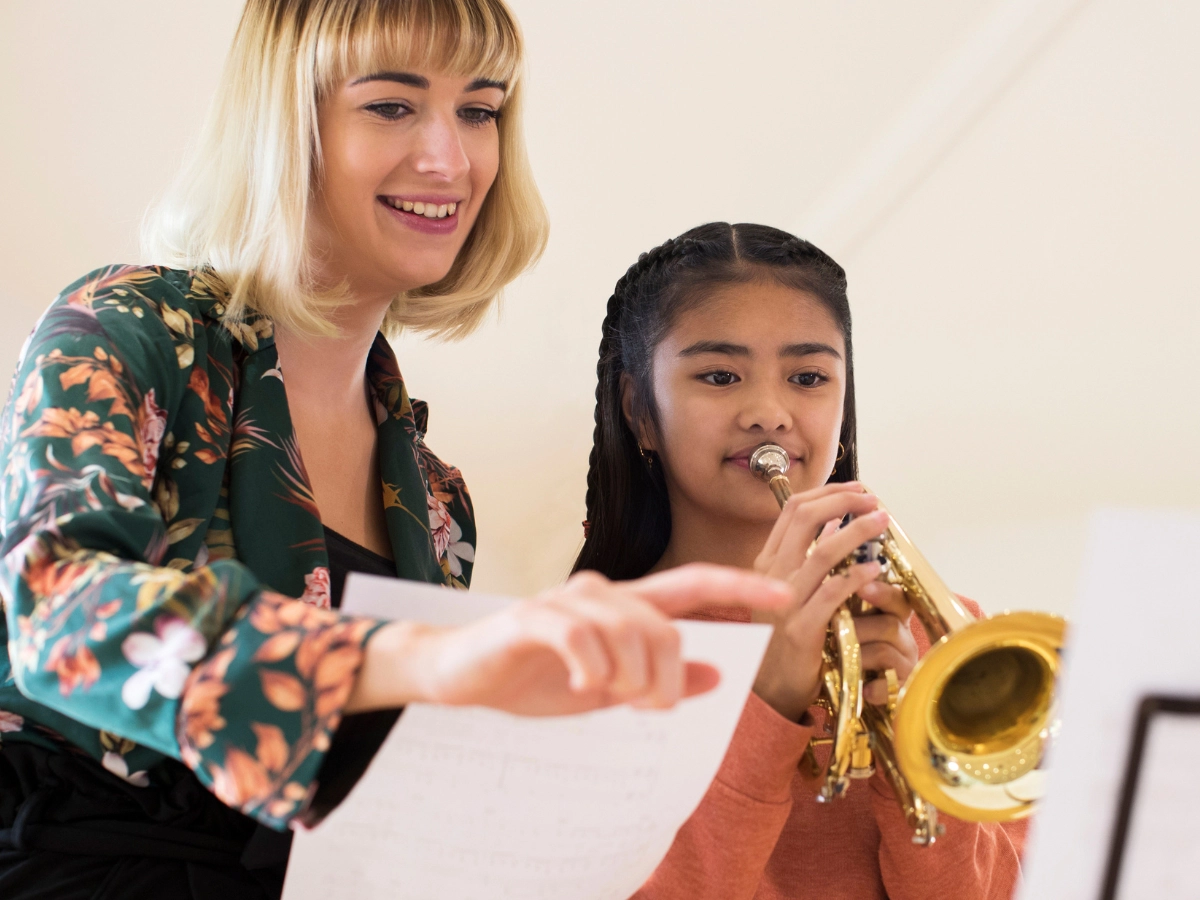You may already have steps in place to ensure that your programs are inclusive of varying skill levels, but what about children with special needs or disabilities? These students are just as excited to be a part of your program but may require some additional support and understanding to make sure they feel welcome and are able to benefit from your lessons!
Planning accommodations for children with special needs and disabilities can seem overwhelming if you don’t have training or previous experience, which is why we’ve compiled 13 tips for working with children with special needs and disabilities to help you create an environment that all students can thrive in.
1. Educate Yourself and Your Staff
If you’re unfamiliar with conditions like autism, Down syndrome, ADHD, or certain physical and learning disabilities, educating yourself and your staff is a must. Doing a little bit of research to understand these conditions and how they affect your students will set you on the right track to accommodate them
2. Keep an Open Line of Communication
Take a little extra time to speak with the parents of students with special needs, as they may already have loads of helpful information on their particular child. Regularly provide feedback on the student’s progress as well to help their parents know their child is in good hands at your youth activity center.
3. Seek Feedback
Building off of our last point, actively seeking feedback from parents on their child’s satisfaction and accommodations can be a great way to improve your own skills working with children with special needs and disabilities. Take this a step further and ask other youth activity center owners and staff for their thoughts on your methods.
4. Treat Every Student as an Individual
Just like any other student, children with special needs or disabilities will have strengths and weaknesses when it comes to the way they learn. As we mentioned above, talking with a parent or guardian can help you refine the ways you approach teaching each student individually rather than using a one-method fits all style.
5. Promote Inclusivity
Try to foster an environment of inclusivity with all the students in your programs. Though students with special needs or disabilities require some special attention, that doesn’t mean they don’t enjoy being included in certain group activities.
6. Encourage Socialization
To take inclusivity one step further, try partnering students with special needs or disabilities with other students in your program for simple exercises if both are willing and capable. This can help with visual learning and create new opportunities for social interaction.
7. Utilize Positive Reinforcement
No matter the size of the accomplishment, offer praise and encouragement! Whether they’ve finally mastered a technique or they were able to give it their best try, a little positive reinforcement can go a very long way.
8. Share your Knowledge with Other Staff
If you’ve learned techniques or methods that work well when interacting with students with special needs or disabilities at your youth activity center, offer to share them with other members of your staff. Encouraging one another to share tips and tricks can only benefit your center as a whole and help create a sense of community and confidence amongst staff members.
9. Don’t Focus on Disabilities
Instead of focusing on what your students can’t do, try to lean into the things they can do. Though small challenges can be healthy, try to set goals and activities that will focus on their strengths rather than their weaknesses.
10. Allow for Moments of Independence
Many students with special needs or disabilities will need extra attention but that doesn’t mean you have to hold their hand through every step. With a certain amount of practice, encourage them to attempt what they’ve learned all on their own. This can make little victories feel all the more successful for them.
11. Ensure You Have the Right Equipment
Depending on the class and your curriculum, purchasing additional equipment may be helpful to some students with special needs or disabilities (think paddleboards in a swim class for example). If extra equipment isn’t really in the budget right now you could try to repurpose equipment usually used for other classes at your center on a case-by-case basis.
12. Be Patient, Be Flexible
Some children with special needs can be prone to overstimulation or express frustration at times. Try to remember what you’ve learned about them as individuals and from their parents to keep them calm and relaxed. Approach these situations with patience and empathy for the best results.
13. Set Clear Boundaries
Keep rules and instructions simple, straightforward and easy to understand. After a bit of practice, the rules and boundaries of your class and space will become second nature to your students.
Working with children with special needs or disabilities can be a challenge to some, but with a little patience, empathy and practice, you’ll be a pro in no time. Use these tips to help you diversify your teaching capabilities and you’ll be making a huge difference in the lives of your students through kindness and empowerment.
If you thought these tips were helpful, wait until you see what Jackrabbit Class can do for your youth activity center! Start a free trial today.
Sign-Up for a Free Trial














